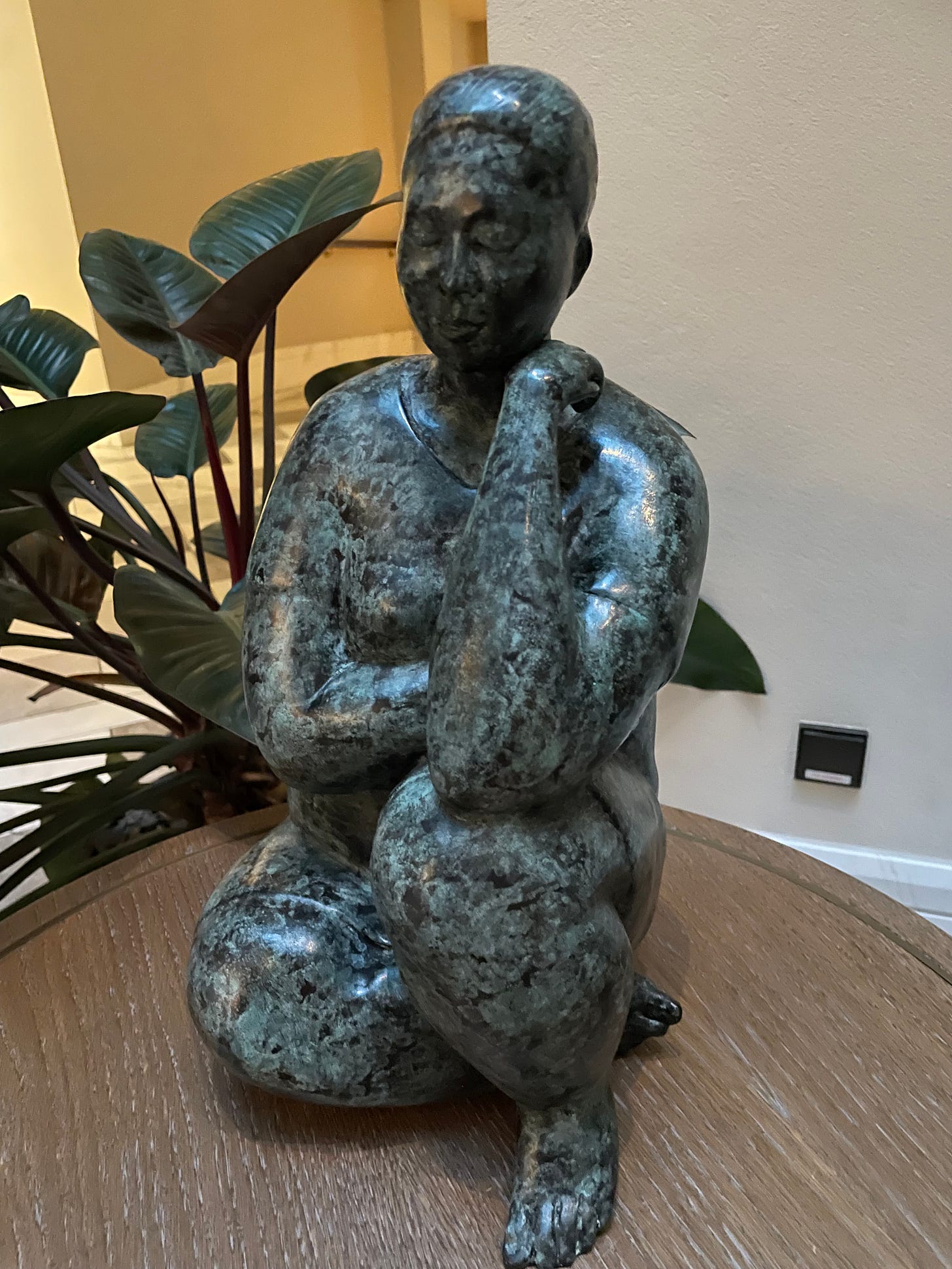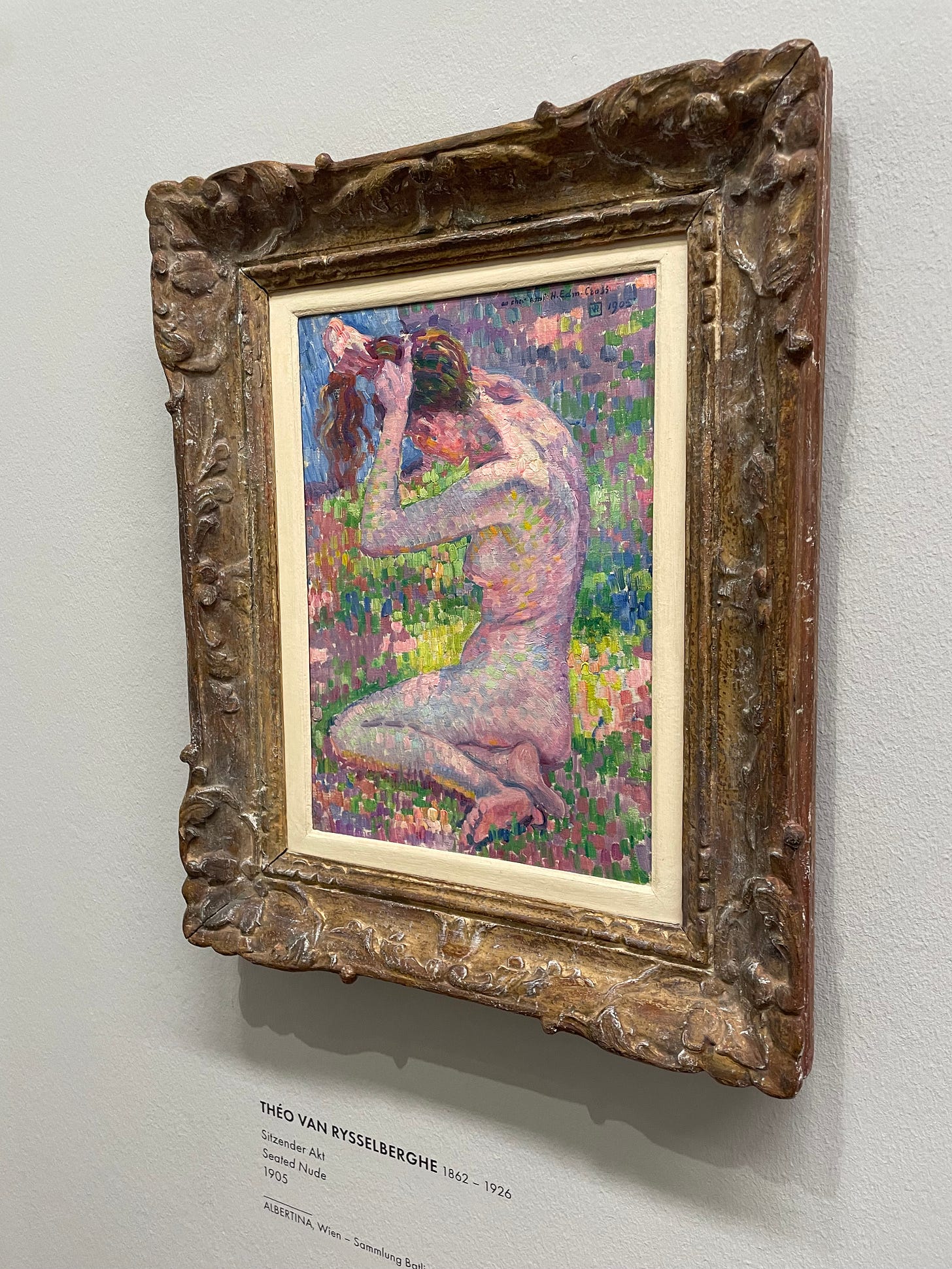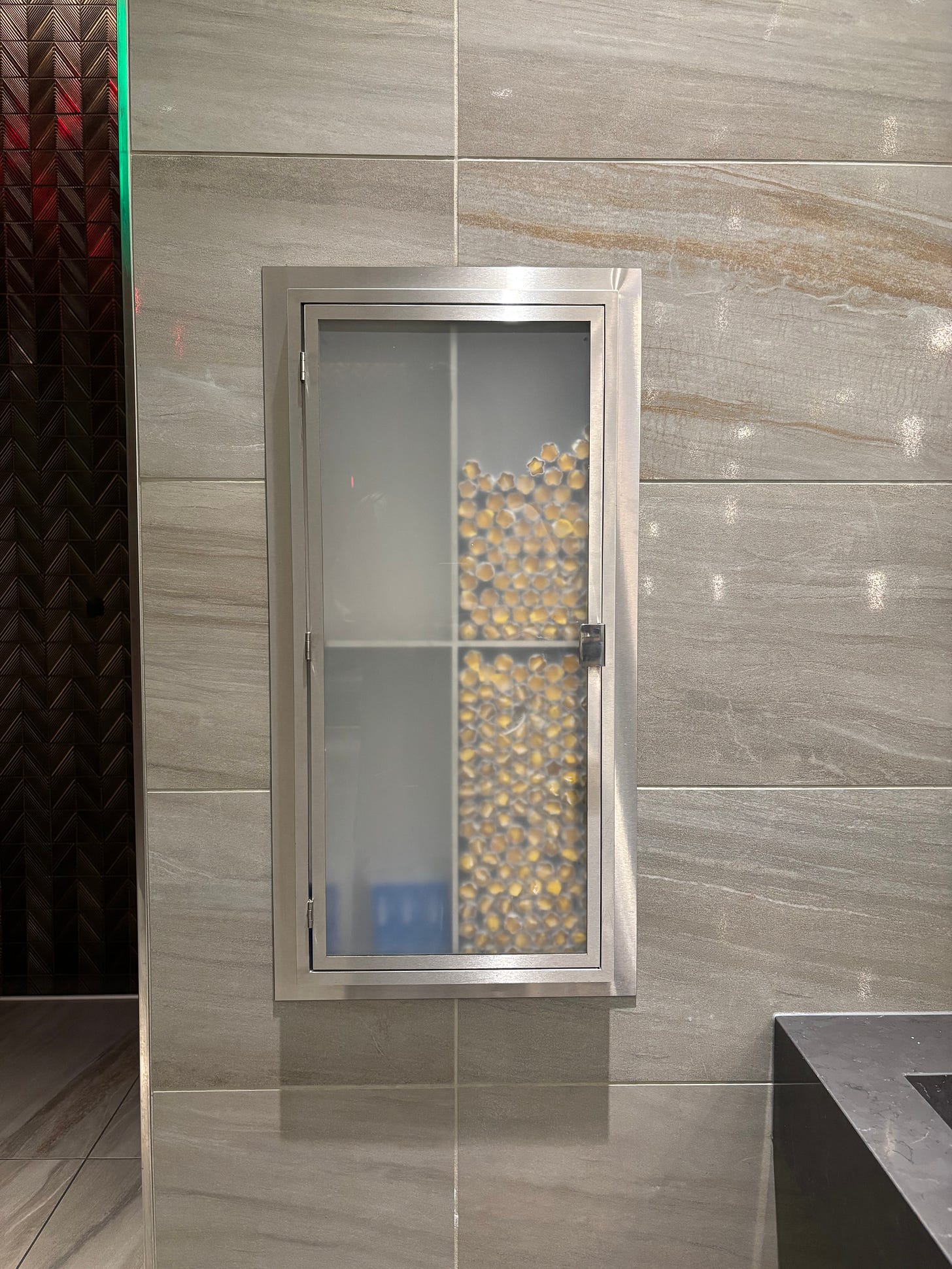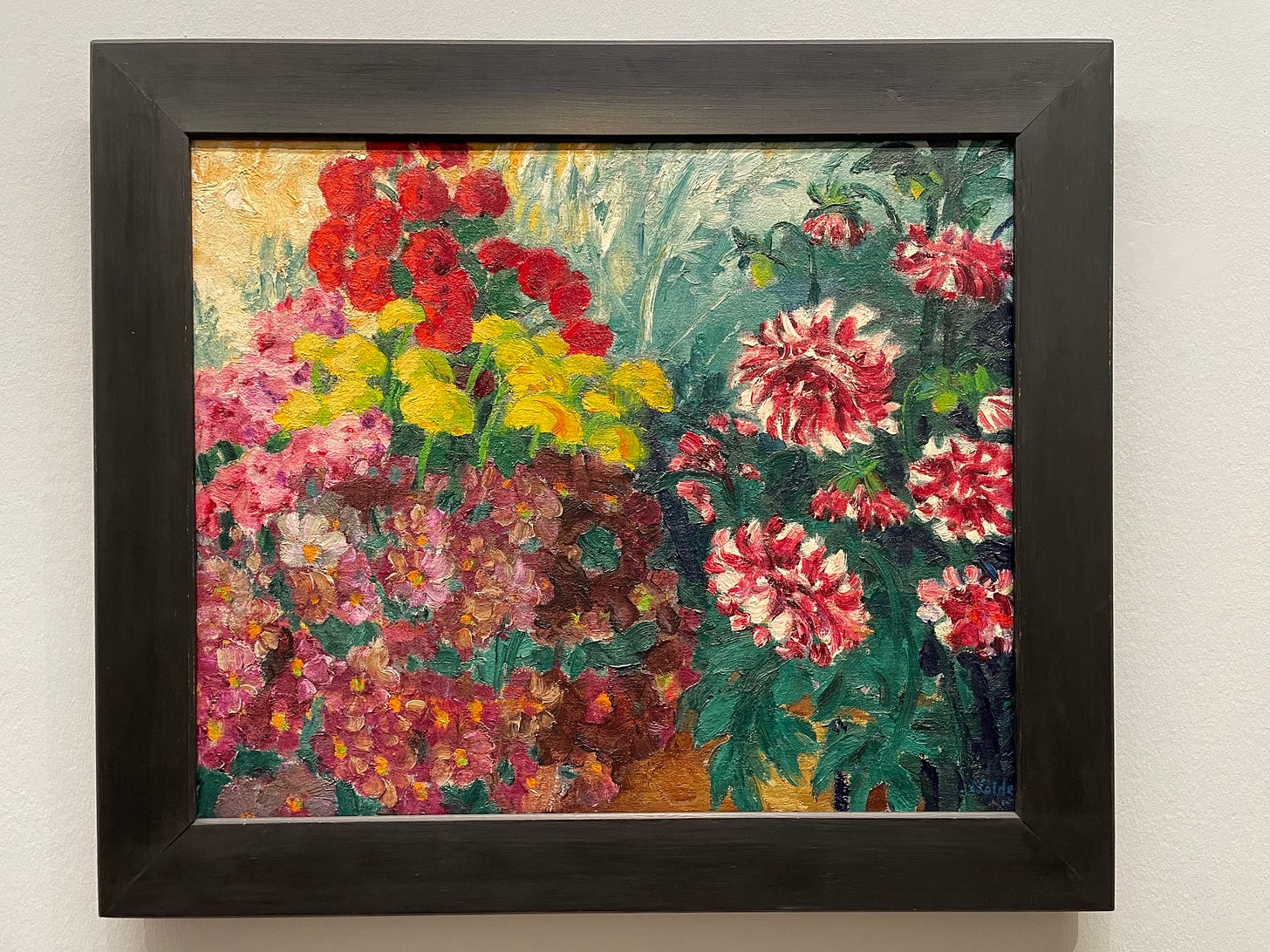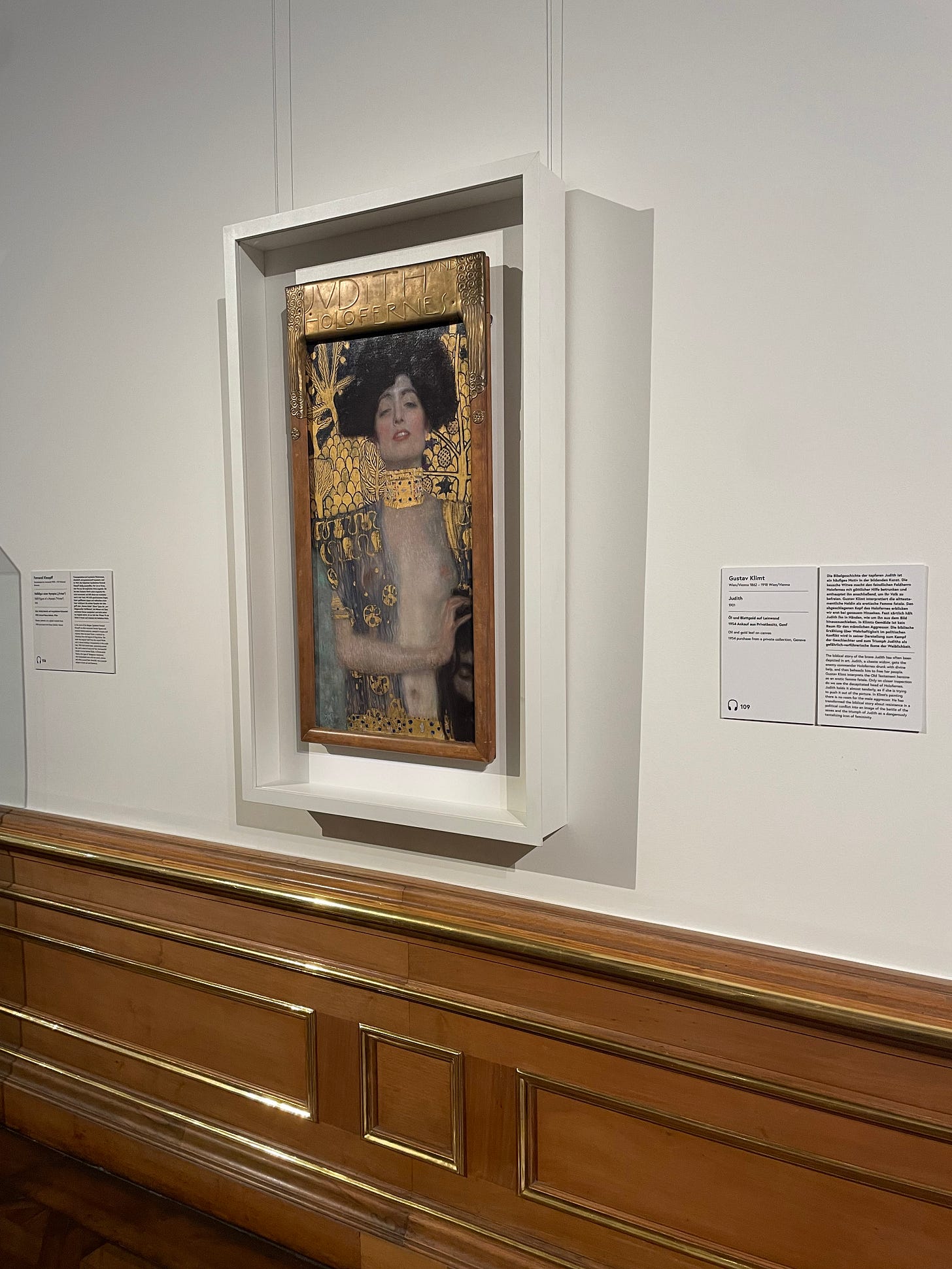One day when I worked in sales, I was on my period and completely miserable. I was nauseous, weak, and cramping. It was June 2019, and the other salespeople on my team had left to go to Bonnaroo, the music festival. The intern team was there, though. They called the cold leads, and they only got their commission if the phone call was transferred to and answered by my team. Which, that day, was just me.
There’s no dramatic middle or end to this story. It’s not a TV episode. I suffered. I tried to limit my trips to the bathroom and stay by my desk so I could answer the phone for them. It’s not that interesting.
But what is interesting to me is this: every story about my period involves not only me handling physical illness but also me hiding it.
My boss could have stepped in and taken the calls. He would have, actually; he was that kind of man—helpful and trustworthy. Then I could have gone home. I was sick.
Yet as I type that, I know that I would never have explained what I needed. I may have wanted a bed, but I needed to get my work done.
No, wait—that’s backwards.
I didn’t see my pain as something to be cared for. I still don’t; I’m cringing right now as I even consider the possibility of asking for help at work for period pain.
I was on my period, therefore I hid my pain.
It’s a fallacy so common it tastes like logic and like truth.
If there were more period stories in media, then maybe we’d tell more period stories in our lives. If we shared more period stories in our lives, maybe there’d be more period stories in media. Give me both, and maybe there’d be fewer people hiding in pain. Here’s Maisie Hill, the author of Period Power: “We need to share our stories because it’s conversations that will keep moving the menstrual movement forward. The more we talk about our experiences and issues, the less they can be ignored” (7).
Periods involve blood and cramps and exhaustion. They also have an internal layer—I must manage my pain, my nausea, my mood swings, and I must maintain my employment and personal relationships while doing so. Like I wrote last month, periods are perfect for fiction. But they’re actually reality.
A few months ago, I was looking at the pile of tampon boxes in my bathroom. One was on the window sill, which you can reach from the toilet, and another was on the floor in front of the toilet.
And I realized: periods are not included in bathroom design.
The defining feature of a menstrual product is that you need to be able to access a diversity of options while sitting on the toilet. Toilet paper, the other thing you need to be able to access while sitting on the toilet, always has a dispenser, right within reach. But there’s no equivalent piece of technology or design to have tampons or pads right by the toilet.
We know from Invisible Women and also from being alive in the world that the world is designed as though men are the default human being. Men have historically designed more things and gotten more funding for their designs than women.
Until that day in my bathroom, I hadn’t ever imagined menstrual product holders, but once I did, this omission in functional design seemed so obvious. Many toilets aren’t near a shelf or counter. Period products shouldn’t have to go on the floor. You shouldn’t have to waddle across your own bathroom trying not to drip blood on your bath mat just to get a pad.
In-home menstrual product holders!
I mostly imagine these holders being used in home bathrooms. They could be removable, where you stash them in a drawer when you’re not on your period, or they could be permanent. In case your friend needs a tampon!
Someone, please make these.
Speaking of things being designed for women, a few years ago, I discovered the period disc. It changed my life.
Teddy had me try a period cup at some point in 2019, and I used it a few times. I got used to pushing my finger up my vagina with the little cup, and I tried it for a few months, but overall I didn’t really like it.
Later, I heard about period discs. I bought a box of disposable ones and tried them. I got used to it. I fell in love. I switched to a silicone aka reusable option. I haven’t looked back.
Here’s the thing: You don’t feel a disc when it’s in. You barely have to mess with it. It empties itself when you pee! It sounds like magic, but it’s real.
A disc holds the the equivalent of four to seven tampons.
Twice each day—once in the morning, again at night—you remove it, rinse it out, then put it back in. At the end of your cycle, boil it in water on the stove. That’s it!
No guessing what tampon size you need. No getting a pad stuck or un-stuck. No thick cottony feeling when you walk because your tampon is too big. No switching products every two hours. No trash.
People also claim that discs reduce cramps. I think this is anecdotal rather than scientific, but it’s me! I am the anecdotes. The idea is that if your pelvic muscles are cramping, and you have a tampon in your vagina, the muscles are crowded and cramp worse. Or something. The disc, on the other hand, sits at the base of your cervix, and your body has more room to contract and get your uterine lining out. Or something. Anecdotal. But maybe!
The disc journey:
Buy these discs. I love that there’s a disposable version of discs, so you can buy one box and try out the system. You don’t have to commit to a reusable silicone one unless they work for you.
Wash your hands before inserting one. Duh, but also, I have to say it.
Read the instructions and try one out. One of my biggest issues with new period products is that when I’m on my period I absolutely, positively do not feel like trying something new. I’d recommend waiting until the middle of your cycle, when you still have a consistent flow, but you’re in less pain.
If you’re in severe pain for your entire cycle, you might have PMDD, and you should talk to a gynecologist who is familiar with it and will take care of you. You could also get tested for PCOS, endometriosis, la la la. It takes an average of ten years for women to receive a diagnosis of endometriosis in the United States. DO NOT SUFFER NEEDLESSLY.
Expect it to leak a bit the first few times you use it. Wear a liner or period undies.
Some people have to tuck the disc back up behind their pubic bone after each time they pee. That’s fine! I don’t; it just goes back into place on its own.
Eventually, if you love it like I did, you’ll need a reusable one. I’ve had this one for almost two years and it’s great. It’s the first one I tried, but there’s other brands you can try if it doesn’t work for you.
There’s some research about women’s bodies, but not nearly enough. Often, researchers exclude women from studies because the hormonal shifts of our monthly cycles complicate the data more than they care to sort out. Often, men have the positions of power that decide how research dollars are allocated, so male-centered health issues get the funding, and female problems like dysmenorrhea (the medical term for period pain) are dismissed as inconsequential. Read it and weep.
But today, a story about hiding my pain, a way to un-hide menstrual products, and all the deets on the best menstrual product out there.
Stories matter. Stories change minds.
Periods matter. Because people matter. And people have periods.
Below, I’ve linked my other two articles about periods. Thank you to everyone who shared them, chatted with me about them, and more! Since starting these pieces earlier this fall, I’ve found that I’m so much more comfortable talking about periods in real life. I’ve polled people to see if anyone else can think of non-male-adjacent periods in media, and I’ve chatted cycle syncing with male and female friends, but I still haven’t been able to ask for accommodations for period pain when I’m experiencing it. Maybe next month!
Period article #1: Where are all the periods?
Period article #2: It’s a good story, period.





